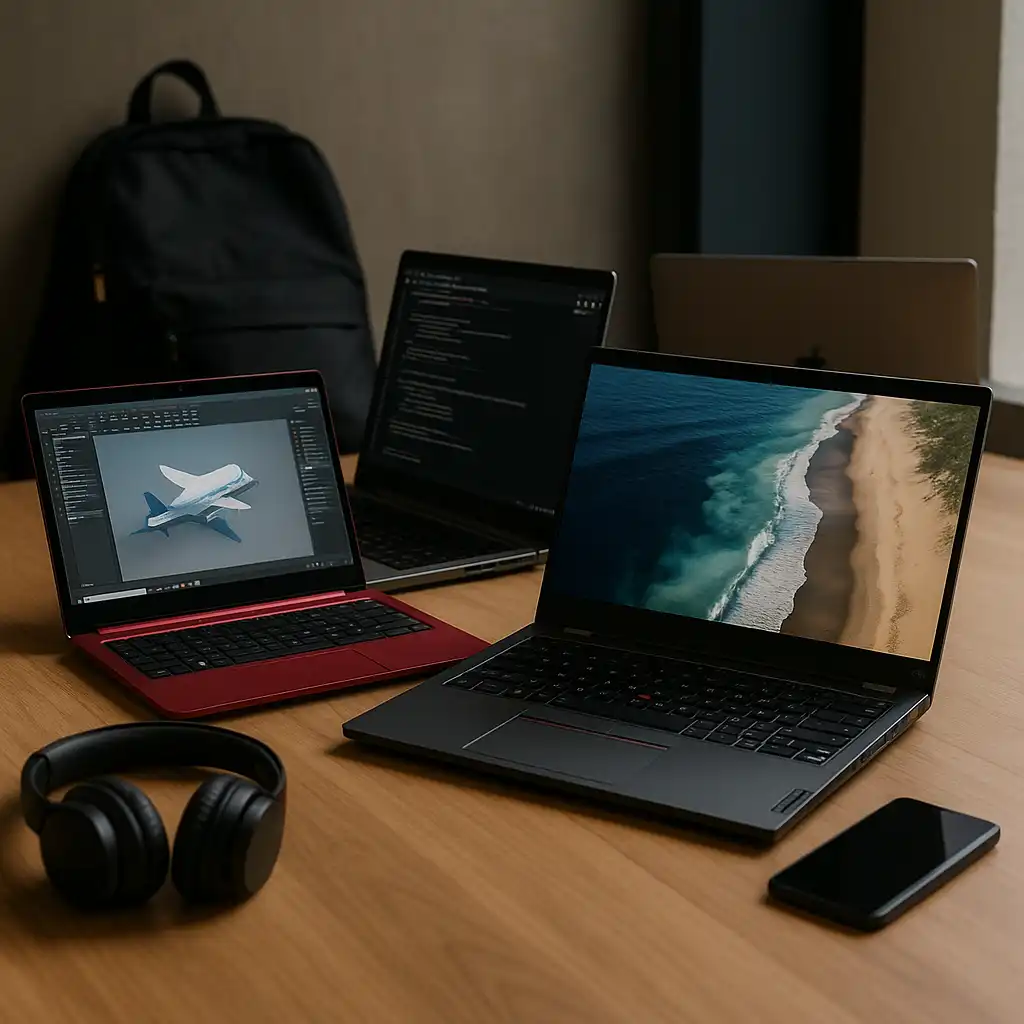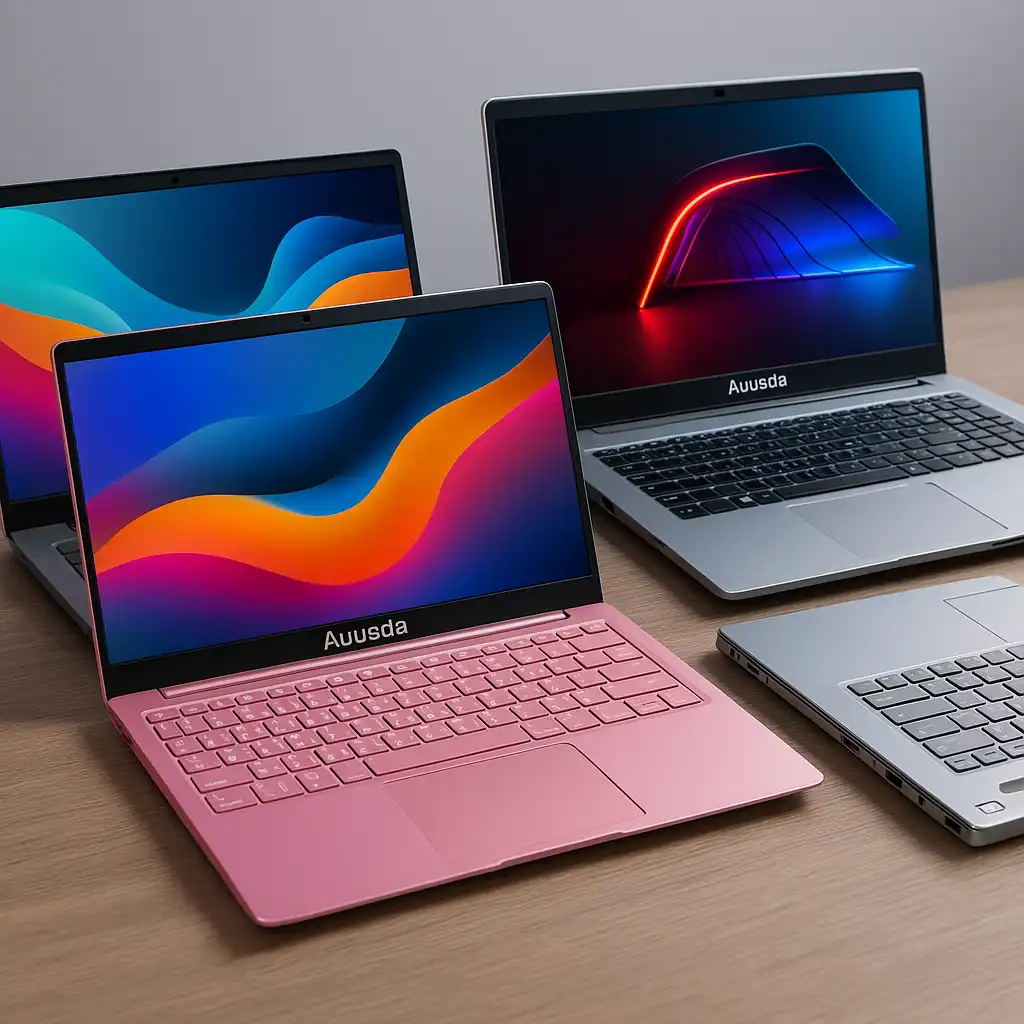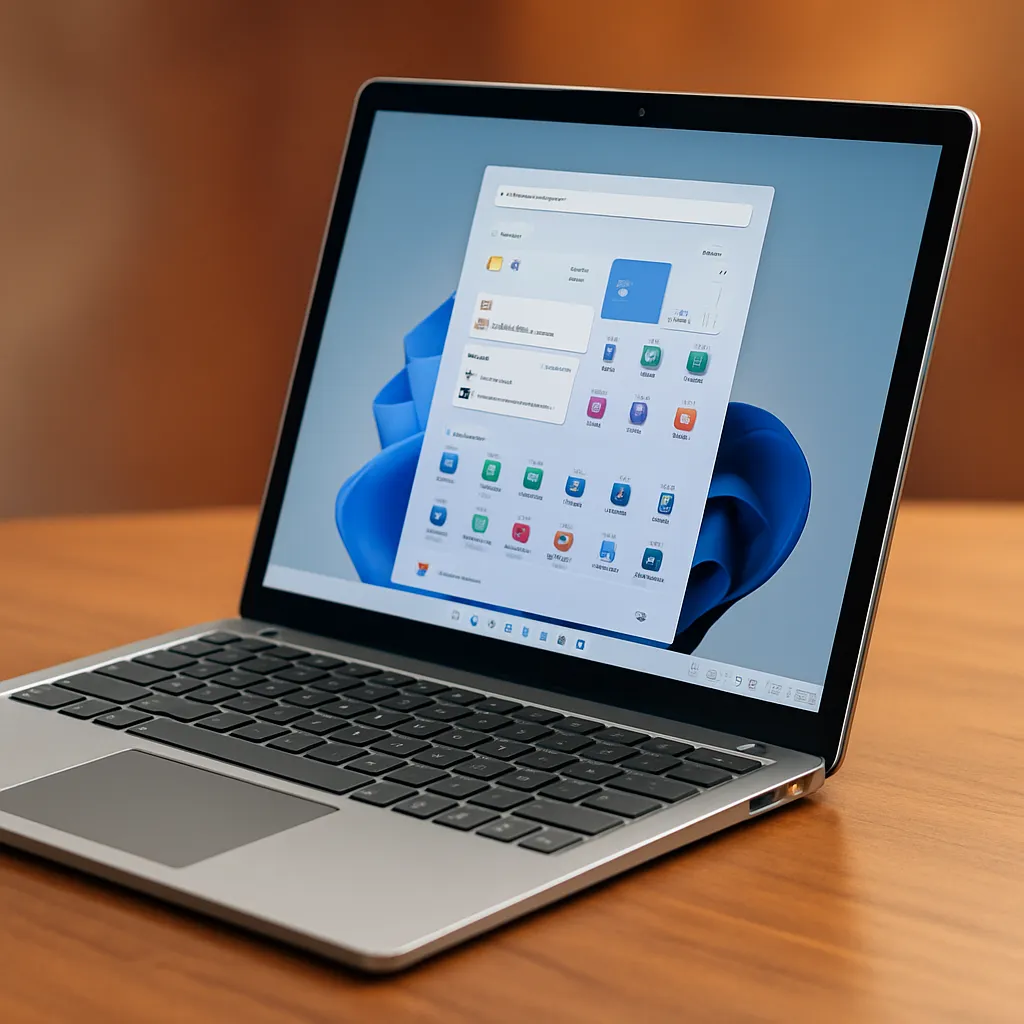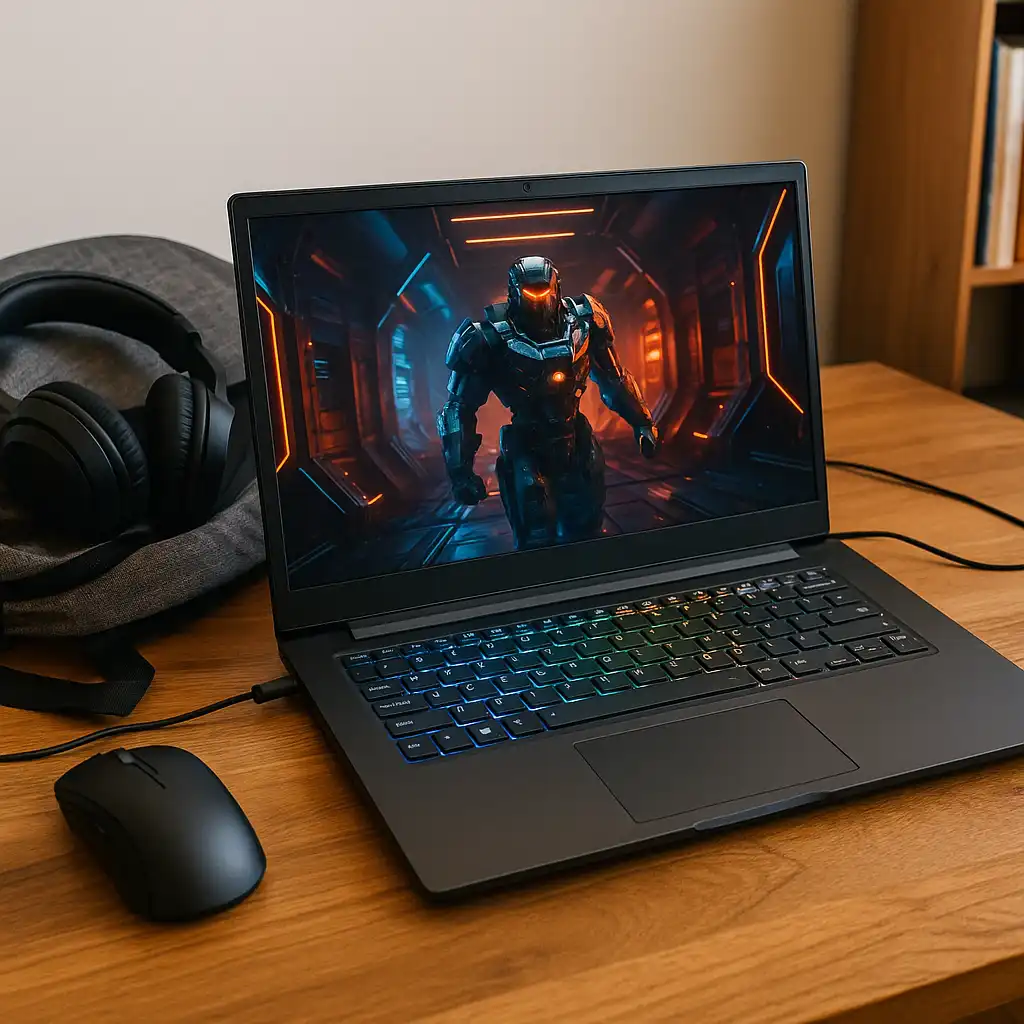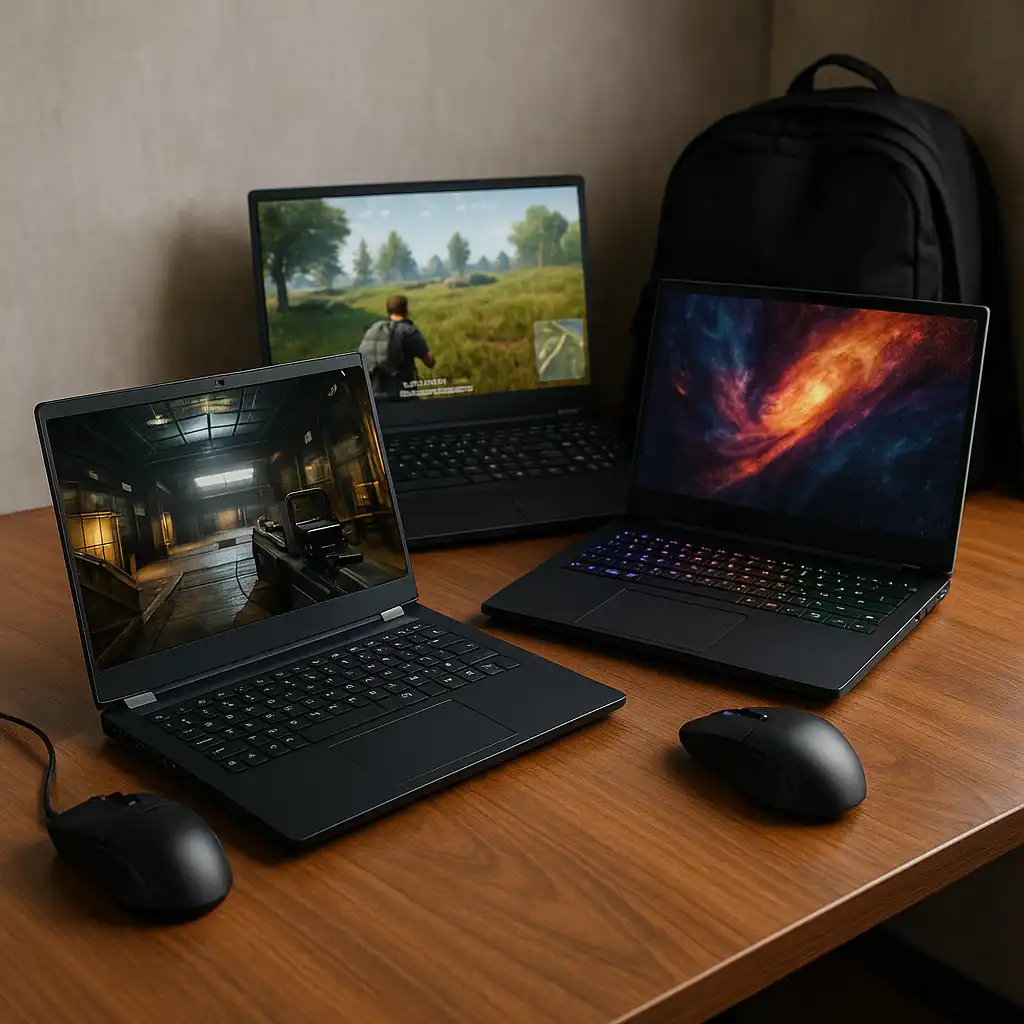Best Laptops for Aerospace Engineering Students – Powerful Picks for 2025
Disclosure: This post contains affiliate links. As an Amazon Associate, I earn from qualifying purchases—at no extra cost to you.
Last Updated: September 28, 2025
Aerospace engineering students can’t rely on just any laptop. CAD programs, simulations, and project files demand more power than a standard student device. Pick something underpowered, and you’ll face slow render times, frequent overheating, or software that simply won’t run.
👉 For a broader look at student-ready devices, check our guide to the best laptops for students.
💰 Check Price & Availability
View on Amazon – NIMO 15.6 Laptop – Intel N100, 16GB RAM, 1TB SSD
View on Amazon – Dell Precision 5550 – i7-10850H, 32GB RAM, 512GB SSD, Quadro T1000
View on Amazon – Lenovo ThinkPad P16 Gen 2 – i7-14700HX, 64GB RAM, 4TB SSD, RTX 2000 Ada
📋 Quick-View Comparison List
- 💸 Budget: NIMO 15.6 – Affordable, lightweight, good for coursework
- ⚖️ Mid-Range: Dell Precision 5550 – Strong multitasking, CAD-ready performance
- 💎 Premium: Lenovo P16 Gen 2 – Workstation-grade specs for advanced projects
- 🔧 Meets typical aerospace engineering laptop requirements: CPU, GPU, RAM, SSD
- 🔌 Factor in weight and battery life if you’ll carry it daily
🔍 Key Factors Students Should Consider
Engineering software pushes laptops harder than basic student tasks. Look for a strong CPU, at least 16GB of RAM, and ideally a dedicated GPU for CAD and 3D programs. An SSD ensures smoother performance with large files. Linux compatibility is also worth checking — many aerospace labs rely on Linux-based tools.
🔍 Balancing Performance and Price in a Laptop
Budget laptops like the NIMO can handle research, reports, and general coursework but won’t run advanced simulations. The Dell Precision 5550 balances cost with performance, making it the best fit for most students. Premium models like the Lenovo P16 Gen 2 are expensive, but they’re built for professional-grade engineering projects.
🔍 Portability & Battery Life for Everyday Use
Power comes at the cost of portability. Lighter laptops with 6–8 hours of battery life are easier to carry between lectures. Workstations like the Lenovo P16 Gen 2 are heavier and drain faster, but that’s the trade-off for performance. Mid-range models like the Dell Precision find a more comfortable middle ground.
🔍 Which Laptop Fits Different Types of Users (STEM, Arts, Business, Gaming)
STEM majors, especially aerospace engineering students, need laptops with strong CPUs, GPUs, and memory. Arts students can get by with simpler devices for writing and design basics. Business students often favor Dell for its durability and enterprise features. Gamers or students who want entertainment alongside work will enjoy the premium workstation’s power.
:
👉 For more student-focused picks, see our guide on choosing the right laptops for different engineering majors.
📦 NIMO 15.6 – Best Budget Laptop for Aerospace Coursework
The NIMO 15.6 is a practical entry-level option. With 16GB RAM and a 1TB SSD, it handles writing, research, and online coursework without trouble.
It’s light and portable, making it easy to carry around campus. The trade-off is performance — the Intel N100 chip isn’t designed for CAD or engineering simulations.
📦 Dell Precision 5550 – Best Mid-Range Laptop for Aerospace Engineering Labs
The Dell Precision 5550 is a strong fit for most engineering students. Its i7 processor, 32GB RAM, and Quadro GPU can run CAD software, simulations, and multitasking smoothly. Linux compatibility also makes it a solid choice for labs that require specific environments.
It’s more portable than a full workstation while still offering serious power. The drawback is cost — it’s more expensive than consumer laptops, but its reliability makes it worth it.
👉 For more balanced student picks, see our student laptop guide for college.
📦 Lenovo ThinkPad P16 Gen 2 – Best Premium Laptop for Aerospace Engineering Projects
The Lenovo P16 Gen 2 is built like a professional workstation. With an i7-14700HX, 64GB RAM, and RTX 2000 Ada GPU, it’s capable of running advanced simulations and large-scale projects without breaking a sweat.
The 16″ 4K screen is ideal for detailed design work, and the 4TB SSD means you’ll have space for huge project files. The catch? It’s heavy and expensive, but if you need maximum performance for aerospace engineering, this machine won’t let you down.
👉 Unsure how much space you’ll really need? Check our guide on how much storage students should get in a laptop.
📌 Key Takeaways
- Prioritize CPU, GPU, RAM, and SSD storage in aerospace engineering laptops.
- Budget laptops cover coursework but not CAD or heavy simulations.
- Mid-Range models like the Dell Precision balance specs with cost.
- Premium workstations like the Lenovo P16 are built for advanced engineering projects.
🟢 FAQs About the Best Laptops for Aerospace Engineering Students
Q: Can a budget laptop handle aerospace engineering software?
Not for advanced tasks. It’s fine for reports and research, but not CAD or simulations.
Q: Do I need a dedicated GPU?
Yes. CAD and 3D tools like AutoCAD or SolidWorks run best with dedicated GPUs.
Q: How much RAM is recommended?
16GB is the minimum. For labs and multitasking, 32GB or more is ideal.
Q: Are workstation laptops worth it for students?
They’re costly and heavy, but for advanced simulations, they save time and frustration.
✅ Conclusion
The best laptops for aerospace engineering students depend on budget and workload. The NIMO 15.6 is a budget-friendly choice for coursework, the Dell Precision 5550 balances power with portability for labs, and the Lenovo P16 Gen 2 delivers workstation strength for advanced engineering projects.

